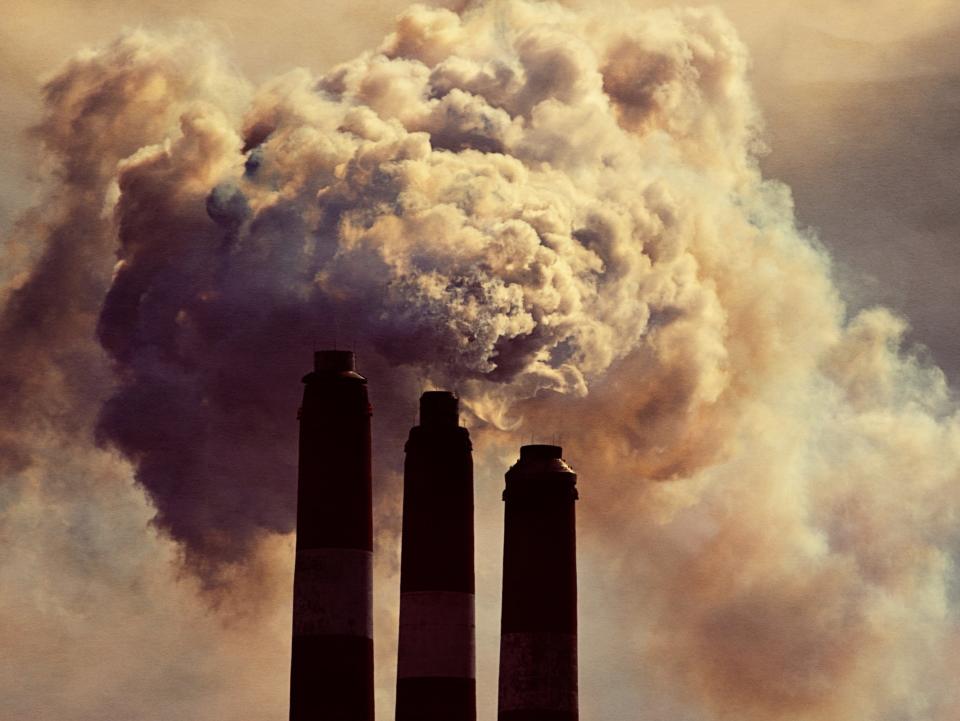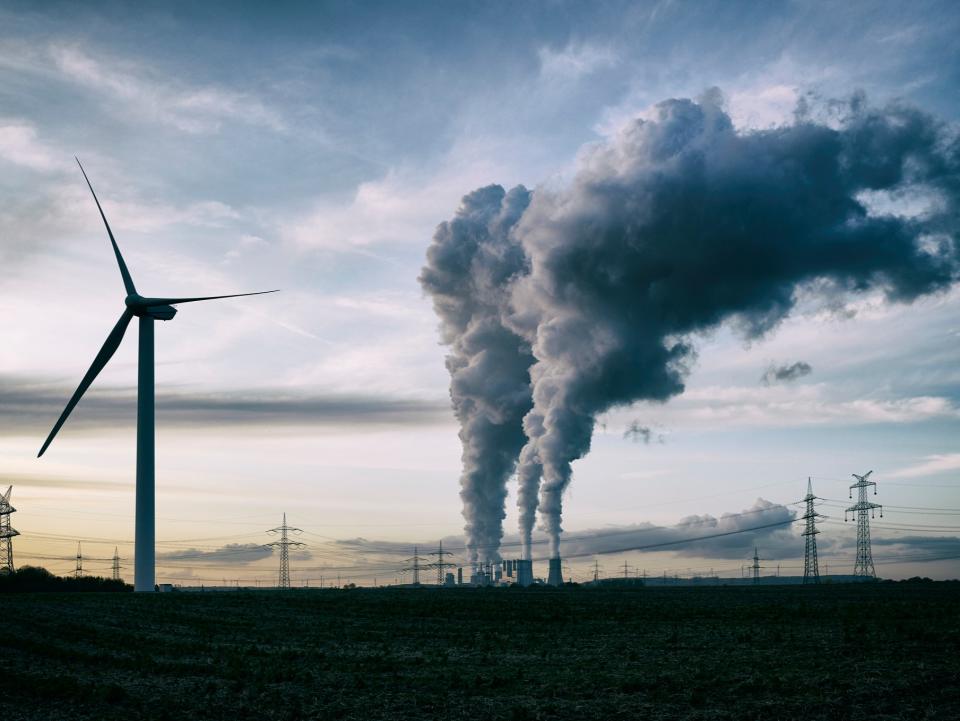Climate crisis: What is carbon capture and how does it work?

Carbon capture ‘a proven technology that has been in safe operation for over 45 years’
(Getty)Earth is on course to experience a temperature rise of 3C by the beginning of the next century, which promises disastrous consequences for the natural world, from the melting of the ice caps and rising global sea levels to extreme weather events and the extinction of vulnerable species as the fine balance of delicate ecosystems is upset.
The Paris climate accord, signed by world governments in 2016, pledges multilateral action to rein in industrial pollution in order to halve that figure.
But, as the UN’s Intergovernmental Panel on Climate Change has warned, reducing current emissions alone will not be enough to bring the temperature rise down to 1.5C.
Instead, technology needs to be deployed to withdraw existing carbon dioxide particles from the atmosphere if we are to tackle the issue of global heating and avert a long-term climate crisis.
Fortunately, we have the means at our disposal to accomplish this, but the tech involved is still in its relative infancy and uptake has been slow due to persistent concerns about its cost, which has held back progress.
What is carbon capture?
Carbon capture is the process of retrieving the harmful carbon dioxide (CO2) particles pumped into the air as a by-product of heavy industry.
There are three means of achieving this.
The first, occurs post-combustion and involves retrofitting existing chimneys at coal and natural gas-fired power generation plants or steel or cement factories with solvent filters, which can trap 90 per cent of carbon emissions produced from the burning of fossil fuels before they escape, according to the London School of Economics.
The second intervenes pre-combustion and converts the fuel in question into a mixture of hydrogen and CO2. However, existing plants require significant modifications to be able to implement this practice and so the method is considered best-suited to newbuilds.
The third makes use of oxyfuel technology to burn fossil fuels with almost pure oxygen in order to produce steam and CO2, a method that, like the first, can be retrofitted to existing facilities and is seen as the least costly option.
Once the CO2 has been separated, it can be compressed into a liquid state and transported via pipelines, road or sea for permanent storage in subterranean rock formations, typically 1km below the surface in deep saline aquifers, coalbeds or depleted oil and gas reservoirs.

This is known as Carbon Capture and Storage (CCS) but an alternative approach, Carbon Capture Utilisation and Storage (CCUS), seeks to recycle the CO2 rather than bury it, converting it into plastics, concrete or biofuel instead.
Without making changes to the industrial facilities described in the interests of carbon capture, they are forecast to still be producing 8bn tonnes of CO2 a year by 2050, a figure that accounts for around a quarter of today’s annual energy sector emissions, according to the International Energy Agency (IEA).
The Global CCS Institute says there is no question as to the technology’s efficacy or safety and describes it as “a proven technology that has been in safe operation for over 45 years”.
What’s the current state of play?
There are at present only around 20 large-scale carbon capture projects in operation around the world but around 30 more are in development, the IEA says.
The first CCS project was opened in Texas in 1972, where several natural gas plants worked together to capture and store CO2 underground.
The first modern, large-scale successor was established in Sleipner in Norway in 1996.
Those countries have since been joined by Canada and China as early adopters of the technology, with the new projects forthcoming in places like Australia, New Zealand, South Korea and the Middle East.
According to the IEA, these carbon capture projects could reduce global CO2 emissions by almost a fifth and reduce the cost of tackling the climate crisis by a whopping 70 per cent.
“The scale of the climate challenge means we need to act across a wide range of energy technologies. Carbon capture is critical for ensuring our transitions to clean energy are secure and sustainable,” the body’s executive director, Dr Fatih Birol, has said.
What’s happening in the UK?
Whitehall abandoned a £1b competition to develop CCS strategies 2015 but subsequently introduced its Clean Growth Strategy in October 2017, which appeared to renew its commitment to the technology and promised £100m in investment, one tenth of what was originally in play.
The National Grid has since said that carbon emissions from Britain’s electricity system could turn negative by as early as 2033 if carbon capture technology were in use alongside renewable energy sources.
Two large projects are currently underway: one at a Drax power station near the Humber estuary in North Yorkshire, where the company is pioneering bioenergy with carbon capture and storage (BECCS) with the goal of delivering millions of tonnes of negative emissions, and another in Aberdeen, the capital of the North Sea oil and gas industry.
The latter aims to capture carbon from three large industrial sites for use in the production of hydrogen fuel from natural gas.
Read More
Greta Thunberg says Trump’s attacks on her are ‘hilarious’
Help butterflies and moths to boost your mental health, public told
‘Polluter elite’ must be target of climate policies, report says

 Yahoo News
Yahoo News 